insulated, windowless barn for overwintering dormant plants?
joeschmoe80
11 years ago
Related Stories
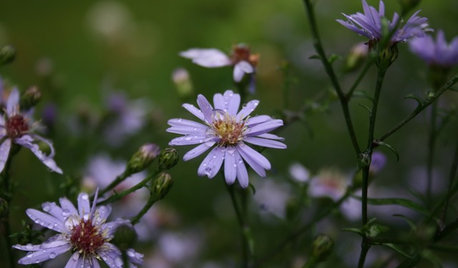
FLOWERS6 Overlooked Asters for Tough Spots
Whether your garden has baking sun or dry dense shade, boggy soil or sandy gravel, there's an aster for that
Full Story
NATIVE PLANTS5 Ways to Keep Your Native Plant Garden Looking Good All Year
It’s all about planning ahead, using sustainable practices and accepting plants as living organisms
Full Story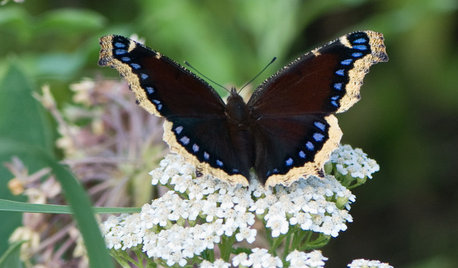
GARDENING GUIDESMourning Cloak Butterflies Herald Spring
These butterflies feed at tree-sap flows in spring and visit native plant flowers for nectar in early summer
Full Story
FALL GARDENING7 Reasons Not to Clean Up Your Fall Garden
Before you pluck and rake, consider wildlife, the health of your plants and your own right to relax
Full Story
HOUSEPLANTSIndoor Winter Gardens for Cheerier Days
Bring plants inside for drab-days mood boosting — not to mention cleaner indoor air and protection for your greenery
Full Story
FALL GARDENING6 Trees You'll Fall For
Don’t put down that spade! Autumn is the perfect time for planting these trees
Full Story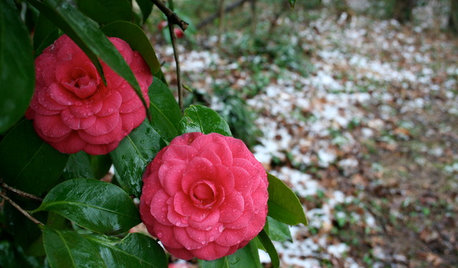
GARDENING GUIDESSoutheast Gardener's November Checklist
You're probably on top of planting bulbs, but don't forget to keep an eye on frost and drain your mower's gas tank
Full Story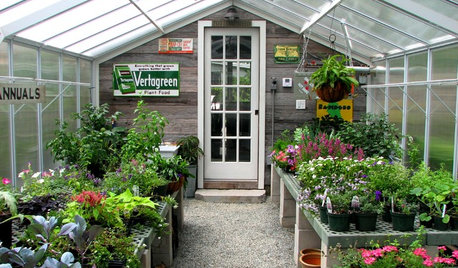
OUTBUILDINGSRoom of the Day: An Old Shed Becomes a Spa and Greenhouse
A garden-loving couple create the perfect place to have a soak and putter with their plants year-round
Full Story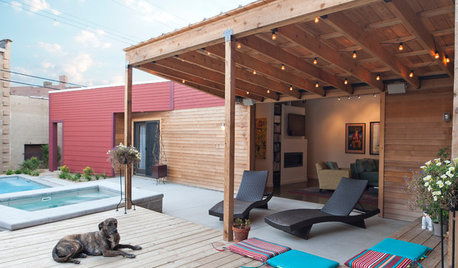
CONTEMPORARY HOMESHouzz Tour: Outdoor Spirit in St. Louis
With a pool and central patio, this Missouri home on 3 lots lures everyone outside despite the handsome interiors
Full Story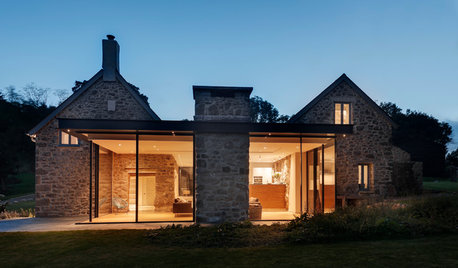
HOUZZ TOURSHouzz Tour: A Contemporary Retreat on a British Moor
Once nearly uninhabitable, this 18th-century farmhouse is now a beautiful example of ecofriendliness and self-sufficiency
Full Story






cole_robbie
joeschmoe80Original Author
Related Professionals
Havre de Grace Landscape Architects & Landscape Designers · Otsego Landscape Architects & Landscape Designers · Taylorsville Landscape Architects & Landscape Designers · Surprise Landscape Contractors · Fort Hunt Landscape Contractors · Galveston Landscape Contractors · Holtsville Landscape Contractors · Lees Summit Landscape Contractors · Lemoore Landscape Contractors · Peoria Landscape Contractors · Ronkonkoma Landscape Contractors · Welby Landscape Contractors · Wickliffe Landscape Contractors · Glen Ellyn Solar Energy Systems · Wildomar Solar Energy Systemsfruitnut Z7 4500ft SW TX
hairmetal4ever